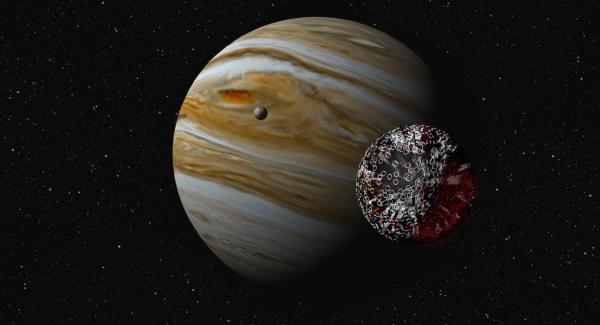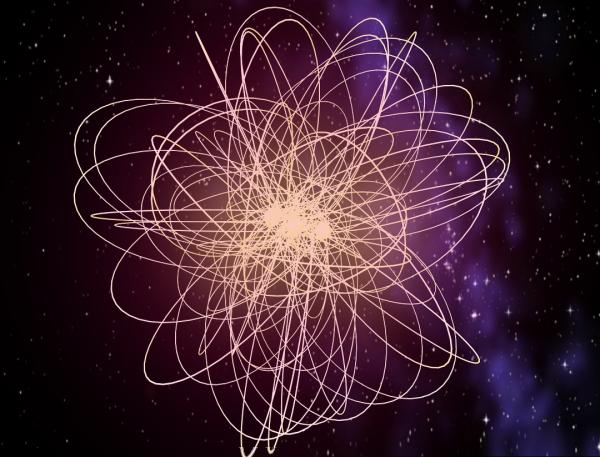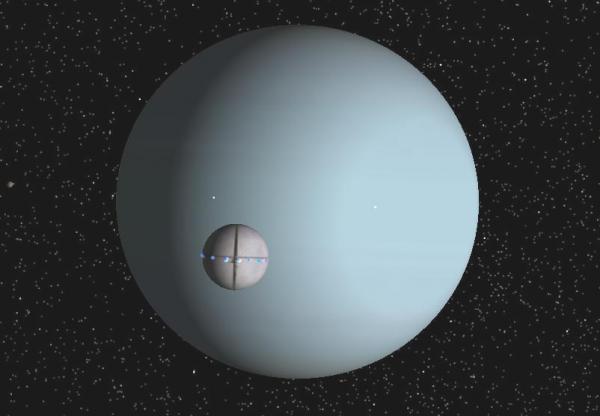BY LETTER
M-Brain, Moon Brain
Technology > Application > Computronics
Technology > Application > ISOtech
Technology > Technology Levels > Transapientech / Godtech / Clarketech
Technology > Application > ISOtech
Technology > Technology Levels > Transapientech / Godtech / Clarketech
 Image from Steve Bowers | |
| A typical moon brain orbiting a Jovian class planet | |
The first S:3 level transapients were housed inside moon-brains of around a thousand kilometres in diameter. In more recent eras, S:3 transapients which run on substrates designed by higher-level archailects are generally much smaller.
 Image from Steve Bowers | |
| If a moon-brain is fully active, its processors can emit a very significant amount of waste heat; this example has extended numerous cooling loops to increase its surface area and allow heat to be radiated away more efficiently. | |
Some moonbrains are very difficult to detect as such, since they operate at low power and emit little heat. These are generally transapient entities that are largely inactive for unknown reasons. The class of transapient known as Slow Gods are typical of this sort of entity.
 Image from Steve Bowers | |
| A moderate sized, largely inactive moonbrain orbiting a cryojovian world | |
Related Articles
Appears in Topics
Development Notes
Text by Adam Getchell
Initially published on 21 August 2005.
Initially published on 21 August 2005.
Additional Information
White Paper dealing with the physics of Intelligent Super-Objects;
The Physics of Information Processing Superobjects: Daily Life among the Jupiter Brains
The Physics of Information Processing Superobjects: Daily Life among the Jupiter Brains






